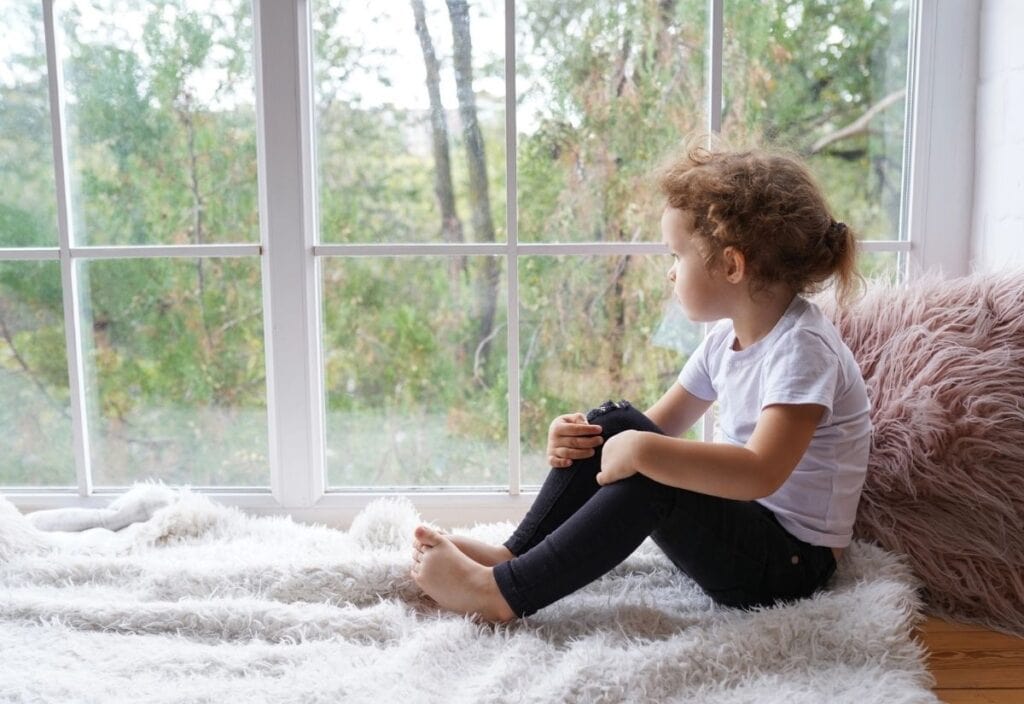Creating a Calm Space at Home for Every Child


The Importance of Quiet Spaces for Children: A Guide for Modern Families
In today’s fast-paced world, characterized by various distractions ranging from electronic devices to everyday noise, it is vital to create quiet spaces for children within the home. These designated areas not only support routines that enhance concentration but also help reduce sensory overload, thereby fostering emotional resilience in young minds. For families navigating the complexities of work, schooling, and screen time, establishing a tranquil environment can provide essential structure without imposing undue pressure on children.
The need for quiet spaces has become increasingly apparent as children often experience external stimuli that can be overwhelming. By introducing calming elements such as soft lighting, comfortable fabrics, and thoughtfully selected sensory tools, parents can create environments that encourage emotional regulation and independent play. These spaces serve as havens where children can engage in self-directed activities, ultimately helping them manage their feelings and learn to cope with life’s challenges.
While the concept of dedicated quiet zones might appear as a contemporary trend, their significance in child development cannot be overstated. These areas are especially relevant in light of current societal stresses—children today face increasing levels of overstimulation. A well-designed quiet zone can significantly enhance a child’s ability to process information and respond to their environment more effectively. A sensory-friendly area, for instance, is typically characterized by comfortable seating, soft textures, and calming tools such as weighted lap pads or fidget items that help mitigate sensory overload.
Natural light, mobility aids, and soft surfaces can further enhance these quiet zones, making them accessible to all children, including those with neurodivergent needs or mental health considerations. The consistent use of these spaces plays a critical role in improving overall well-being, as they provide an opportunity for children to reset and recharge.
Moreover, recognizing signs of emotional overload is integral to fostering a supportive home environment. Parents must be attuned to their children’s emotional cues, which can manifest as irritability, withdrawal, or heightened anxiety in noisy or chaotic settings. By proactively offering access to quiet spaces, parents can help children develop coping strategies while also promoting inclusivity for those with sensory processing disorders or other related challenges.
In summary, creating quiet spaces within the home is not merely a parenting trend; it is a crucial aspect of nurturing well-rounded, emotionally intelligent children. As families continue to grapple with the demands of modern life, these intentionally designed areas become indispensable in promoting mental clarity and emotional well-being, ensuring that every child has a sanctuary amidst the noise of the outside world.




